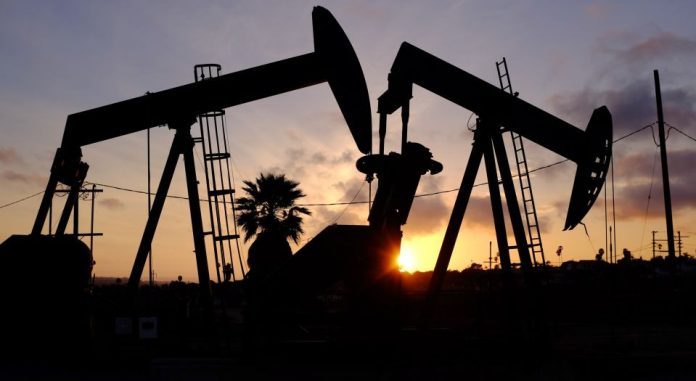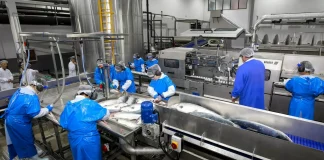The Norwegian Parliament can lift land-based salmon from a supplementary business to a competitor to Norwegian farmed salmon.
The other day I talked to a farmer who raised this problem.
“Are RAS plants not unlike like shale gas?” he asked, adding that there are plans (though not all will necessarily happen) to produce 300,000 tonnes of salmon on land globally.
300,000 tonnes represent 12-13 per cent of the expected world production of farmed salmon in 2019.
“We are Saudi Arabia,” added the farmer.
Watershed
Is this a relevant parallel? Will land-based salmon become a game changer and a watershed in line with what we have seen from shale oil in the oil market?

But first a little background.
Shale oil is described as the biggest surprise in oil history. This has meant that the USA has, within a few years, gone from being the world’s largest importer of oil to becoming a net exporter of oil. Of the US’ oil production of 9.9 million barrels per day, half comes from shale oil.
The extraction takes place with a process called fracking, which pumps sand, water and chemicals into the ground at high pressure to crack up the shale and release oil and gas which can then be extracted.
It was the radical production increase of shale oil, not the “green shift”, which plummeted price of oil in 2014.
Price spreads
Now back to the salmon.
At present, a number of land-based salmon farms are being built or planned, in areas that have not previously engaged in salmon farming. The US is at the forefront of this, with half of the world’s production being planned here. But that is also natural. By producing salmon in overseas countries, which today are dependent on airborne salmon imports, farmers can sell salmon with a price mark-up corresponding to the air freight costs. This has given considerable interest to land-based salmon in the Far East, especially China and Japan, but also South Africa, Russia and the Middle East. Also, a number of countries in Europe are planning factory production of salmon.
The comparison to shale oil is not so distant.
Fracking is, in the same way as land-based farming, an expensive way to produce an in-demand raw material. This can be justified by the fact that the underlying global supply growth has levelled off and has thus established high commodity prices. But high production costs mean that it first and foremost becomes supplementary, and not a direct competitor, to conventional production. In a low price scenario, fracking will not be competitive. Although last year’s price decline for oil has shown that fracking has been more robust than the preliminary tips might indicate.
Skim the cream
SalMar’s main shareholder Gustav Witzøe recently aired his frustration and concern for this. He said that he feared that land-based fish farms might skim the cream of the growth of salmon demand, advocating increased production and halving the salmon price to keep new competitors away from the dish. Witzøe’s solution is a radical increase in Norwegian salmon production, but it is, politically speaking, completely unrealistic.
Read more: Witzøe wants the price of Norwegian salmon down: “NOK 33 per kilo, we can live with that
It is true, as the previously mentioned farmer pointed out, salmon farms in open pens in Norwegian, Chilean or Faroese waters, are like Saudi Arabia – in the sense that it can produce raw material cheaper than anyone else. In Saudi Arabia, oil is stored and easily accessible just below the surface of the desert sand. In open cages in perfectly temperate and clean seawater, salmon thrive best – and production costs are the lowest.
The joker card which can compensate for this cost advantage is the Storting, the Parliament of Norway.
That’s because as politicians currently discussing how they can tax the fish farming industry by means of resource rent, this inexorably lifts market leader Norway out of the seat of Saudi Arabia – to move far offshore. Production costs for Norwegian salmon will increase, and at the same time, competitiveness will weaken accordingly.
In this sense, land-based aquaculture facilities in the not-so-distant future can go from being a supplementary business to becoming a real competitor for Norwegian fish farmers.









